A fair diet gives all the fundamental vitamins to in general health and long life. Eating a fair diet lessens your hazard for coronary illness, malignancy, diabetes and other health issues. Accomplishing this objective in a culture where you’re encircled by unhealthy foods can be testing. At the point when you comprehend the variables that add to a reasonable diet, in any case, you can settle on decisions that help your health and well-being.
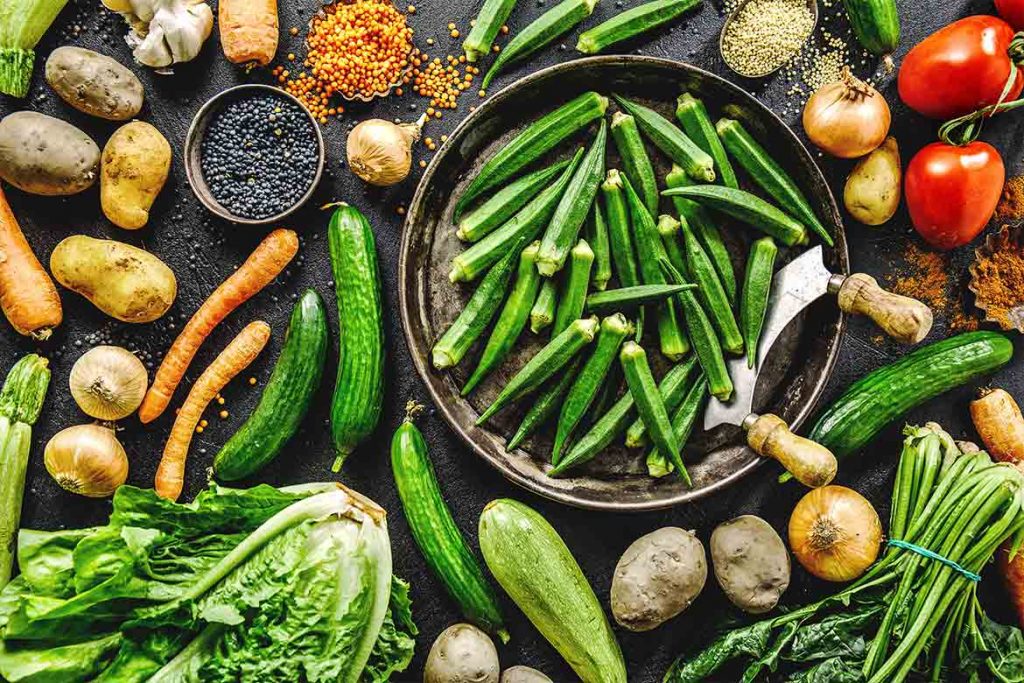
How to follow a healthful diet?
A healthful diet implies eating supplement dense foods, in the correct amounts, from all the significant food groups.
Individuals regularly think about “a diet” as a particular weight reduction plan, yet diet just alludes to the sorts and measures of food an individual eats.
A healthful diet must incorporate an equalization of a few food groups, as no single group can give everything the body needs to great health.
Settling on healthful food decisions lessens an individual’s danger of numerous incessant health conditions, including cardiovascular disease, type 2 diabetes, and malignancy.
There is an abundance of data accessible, so planning an appropriate, healthful diet can feel overpowering. All things considered, a couple of basic changes can make a diet increasingly nutritious and diminish the danger of numerous clinical issues.
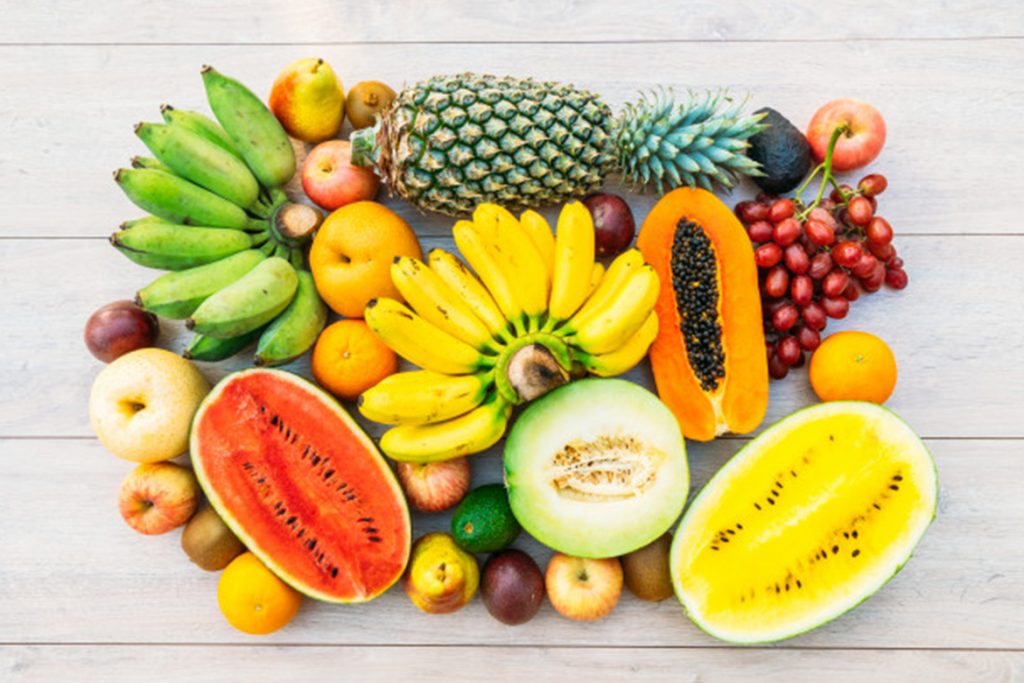
What is healthful eating?
Also Read:- Milestone Chart: 19 To 24 Months!
Having a fair diet implies eating foods from all principle food groups in the correct amounts. These food groups are:
- whole grains
- fruits
- vegetables
- protein
- dairy
- fats
The following areas examine healthful decisions from these food groups.
- Whole grains
Whole grains are items produced using the whole grain, which incorporates the germ and wheat. Conversely, refined grains contain just piece of the grain.
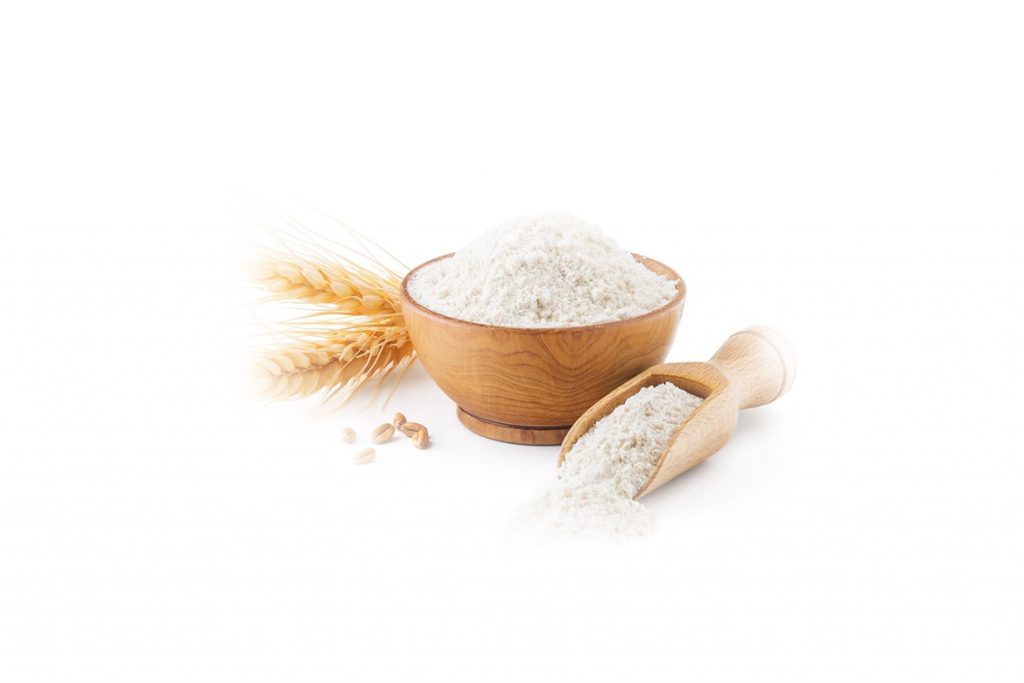
Whole grain foods have fantastic health benefits. A meta-investigation from 2016 took a gander at 45 distinct examinations, presuming that a high intake of whole grains secures against numerous health conditions, with benefits that incorporate the following:
Also Read:- Milestone Chart 13 To 18 Months!
- a lower danger of coronary illness
- a lower danger of cardiovascular disease
- a lower all out malignant growth chance
- decreased all over mortality
Whole grain foods are high in fiber and are acceptable sources of B vitamins and follow minerals, including iron, zinc, and magnesium. Grains lose quite a bit of their healthful properties on the off chance that they have experienced a refining procedure.
Instances of whole grains are:
- wholemeal bread
- whole wheat pasta
- whole grain oats, for example, oats
- corn
To ensure the grains are whole, search for “whole” or “whole grain” as the primary fixing that a producer has recorded on the bundle under nutritional data.
Also Read:- Drumstick Leaves Dosa : To Enhance Milk Supply In Feeding Moms
2. Fruits and vegetables
Fruits and vegetables are plentiful in vitamins, minerals, and fiber. As indicated by the American Heart Association (AHA), picking an assortment of beautiful fruits and vegetables is the most ideal approach to get all the vitamins and minerals the body needs.
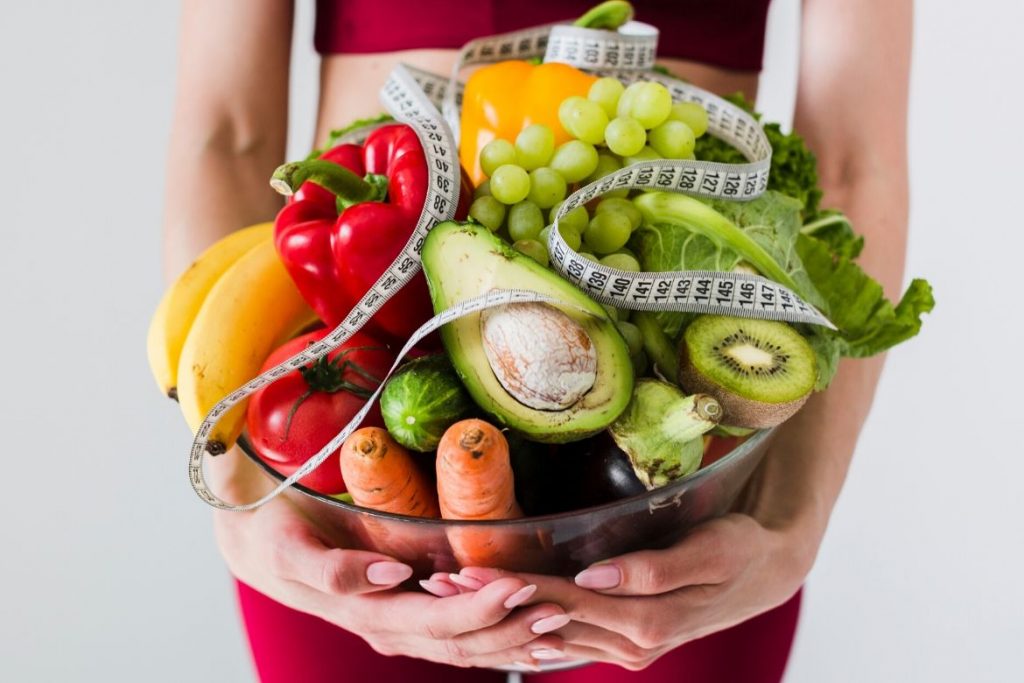
The AHA suggest filling half of the plate with fruit or vegetables for every dinner, making up 4.5 cups of each every day. This amount can incorporate new, solidified, and canned assortments.
For the most health benefits, individuals can check item names and maintain a strategic distance from canned, solidified, or dried items with high sodium or included sugars.
Juices named “100%” are a piece of this food group, however eating whole fruits or vegetables is better, as they will give more fiber.
Also Read:- How To Start Solids For Babies?
The Centers for Disease Control and Prevention (CDC) report that a diet high in fruits and vegetables can help with weight the executives programs. The CDC additionally connect this sort of diet with a lower danger of numerous conditions, including:
- coronary illness
- stroke
- diabetes
- high blood pressure
- a few malignancies
All fruits and vegetables have health advantages, and healthcare experts suggest that individuals devour a wide assortment. Find out about the top healthful fruits and most healthful vegetables here.
Also Read:- Milestone Chart 13 To 18 Months!
3. Protein
Protein is a significant macrovitamin that each cell in the body needs. It helps construct and fix cells and body tissues, including the skin, hair, muscle, and bone. Protein is likewise significant for blood thickening, invulnerable framework reactions, hormones, and chemicals.
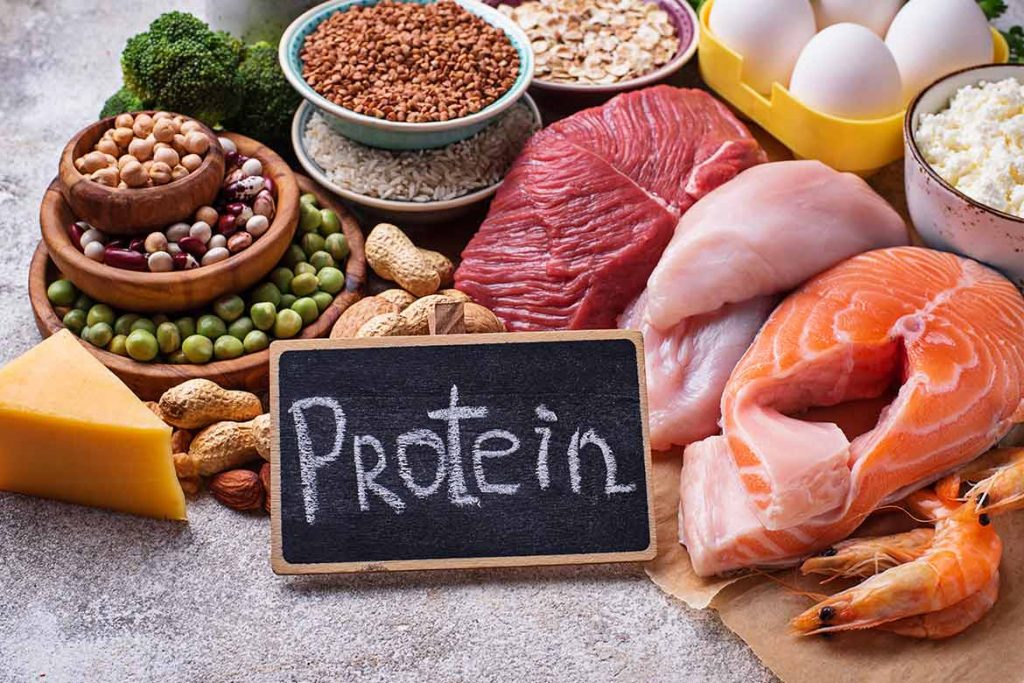
Numerous protein-rich foods additionally contain high degrees of minerals, including iron, magnesium, and zinc.
Protein happens in both animal and plant foods. Animal sources incorporate meat, fish, and eggs. Beans, nuts, and soya are protein choices for those following a veggie lover or vegan diet.
A general rule from the Food and Drug Administration (FDA) suggests that individuals get 50 grams (g) of protein every day on a 2,000 calorie diet. Singular protein needs will change, notwithstanding, contingent upon an individual’s activity levels and weight. A healthful diet ought to incorporate a scope of protein foods.
Peruse progressively about high protein diets and plant-based sources of protein.
Also Read:- Toddler Meal Plan: Sample Meal Plan For Feeding Your Toddler
4.Dairy
Dairy items can be great sources of calcium. A calcium-rich diet advances healthy bones and teeth.
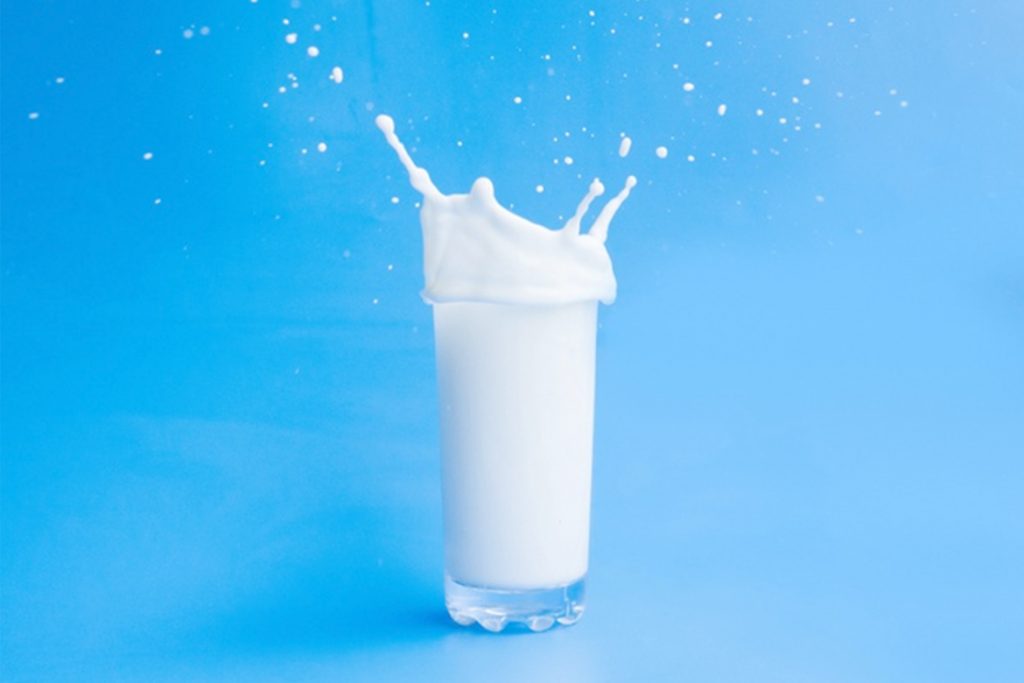
As per the U.S. Division of Agriculture (USDA), the dairy food group contains:
- liquid milk items
- foods produced using milk that hold their calcium content, for example, yogurt and cheddar
- calcium-rich soymilk, or soy drink
Milk-based foods that don’t hold calcium, for example, cream, cream cheddar, and spread, are not part of this food group.
The USDA recommend that individuals may require 2–3 cups of dairy items every day.
There is some debate about whether dairy is fortunate or unfortunate for you.
Pick low fat or without fat variants of dairy items, for example, milks and yogurts, to profit heart health. Be that as it may, expending dairy isn’t important to be healthy, insofar as individuals get fundamental vitamins, for example, calcium, from nondairy sources. Dairy options can be a piece of a healthful diet.
5.Fats
Fats are a basic piece of a healthful diet. Fats are vital for sensory system work, energy, assimilation of specific vitamins, and for skin, hair, and joint health.
Fats happen in both animal and plant foods. There are a few primary kinds of fats, and some are more healthful than others:
Monosaturated and polyunsaturated fats are healthful fats that can help heart health. Great sources incorporate avocados, fish, nuts, seeds, and olives.

Soaked fats and trans fats can raise absolute cholesterol and low-thickness lipoprotein (LDL) or “terrible” cholesterol. LDL can build the danger of coronary illness. Soaked fats for the most part originate from animal items, including cream, fatty meat, and singed foods.
The FDA suggest that individuals get 78 g of fat for each day in a 2,000 calorie diet. Individuals should plan to get under 10% of their day by day calories from soaked fats.
Tips
Alongside picking healthful foods from every food group, the following tips will enable an individual to follow a healthful diet.
- Tip 1: Manage partition size
Individuals of various ages, genders, and activity levels need various measures of food, however numerous individuals take in more energy than they use. Research proposes that part size is a key factor, and bigger than-required segments lead to weight gain.
The AHA clarify that a segment is the thing that an individual decides to eat, while a serving is the measure of food makers list on the nutrition realities mark.
Instances of servings are one cut of bread and one wedge of melon. The AHS report that bit measures in eateries have expanded significantly throughout the years.
Focusing on what a serving is, what number of calories are in it, and how much food an individual is eating can have the effect among stoutness and keeping up a healthful weight.
- Tip 2: Eat new and maintain a strategic distance from handled
As indicated by a recent report, ultra-handled foods may make up 60% of the calories individuals eat in the U.S.
New foods are bound to be “supplement rich,” while handled foods are frequently “energy-rich” from included fats and sugars. Prepared foods not just contain included ingredients, including colors and additives, however the handling itself can obliterate vitamins.
Whole foods, for example, new fruit, are a decent wellspring of vitamins and minerals. Many handled foods contain minimal nutritional worth. Devouring a high extent of prepared foods can build the danger of coronary illness and diabetes.
- Tip 3: Limit included sugars
Adding sugar to foods and beverages improves the flavor however includes almost no nutritional worth. Numerous individuals in the U.S. eat a lot of included sugars, prompting weight gain, type 2 diabetes, and coronary illness.

Conversely, normally happening sugars can have health benefits. These incorporate fructose from fruit and lactose from dairy items.
The AHA suggest that individuals devour close to 25 g of included sugars for females and 36 g for guys. This sum does exclude normally happening sugars, just included sugars.
Trading cakes and treats for fruit, and splitting or removing the sugar added to espresso and tea, can diminish day by day sugar intake. Toppings, for example, ketchup, may likewise include a greater number of calories than an individual figures it out.
Supplanting improved soft drinks with shining water and savoring liquor control can additionally lessen overabundance calories. The CDC prescribe constraining liquor intake to one beverage for each day for females and two beverages for every day for guys.
- Tip 4: Replace animal fats in the diet
Animal produce is frequently high in soaked fats and incorporates red meat, margarine, cheddar, and cream. Immersed fats are hard for the body to separate, so levels of destructive cholesterol can rise, expanding the danger of coronary illness.
The AHA suggest supplanting foods high in immersed fats with progressively healthful alternatives to lower cholesterol and improve the muscle to fat ratio’s profile. Healthful, unsaturated fats are in sleek fish and nuts.
To lessen the measure of unhealthful fat in the diet:
- pick lean meats, for example, poultry
- pick low fat dairy items
- cook meat and chicken without the skin
- limit red meat intake
- flame broil or bubble meat as opposed to fricasseeing
- utilize vegetable oil instead of animal fat
- supplant some meat servings with slick fish, nuts, beans, or vegetables
- Tip 5: Sodium down, potassium up
Sodium, found in salt, is legitimately connected to high blood pressure since it builds water maintenance. Potassium can balance the hurtful impacts of salt, so eating not so much sodium but rather more potassium is a change that can support heart health.

Bananas, fish, and butternut squash are acceptable sources of potassium. An excess of potassium can prompt unpredictable heart rhythms, however, so individuals can address their primary care physician or other healthcare experts before utilizing supplements.
Constraining the intake of handled foods will diminish sodium intake, as makers include salt during the preparing. Most of sodium in the American diet originates from prepared and café food, with generally small originating from cooking or table salt.
To hold flavor when chopping down salt, have a go at eating foods with herbs, for example, basil, rosemary, garlic, oregano, paprika, and cayenne, or low salt sauces, for example, yellow mustard. Individuals can likewise purchase low sodium seasonings.
- Tip 6: Add calcium and vitamin D
Calcium is essential for reinforcing and keeping up bone structure. Vitamin D causes the body to retain calcium.
While dairy is the most popular source, there are many plant-based sources of calcium.
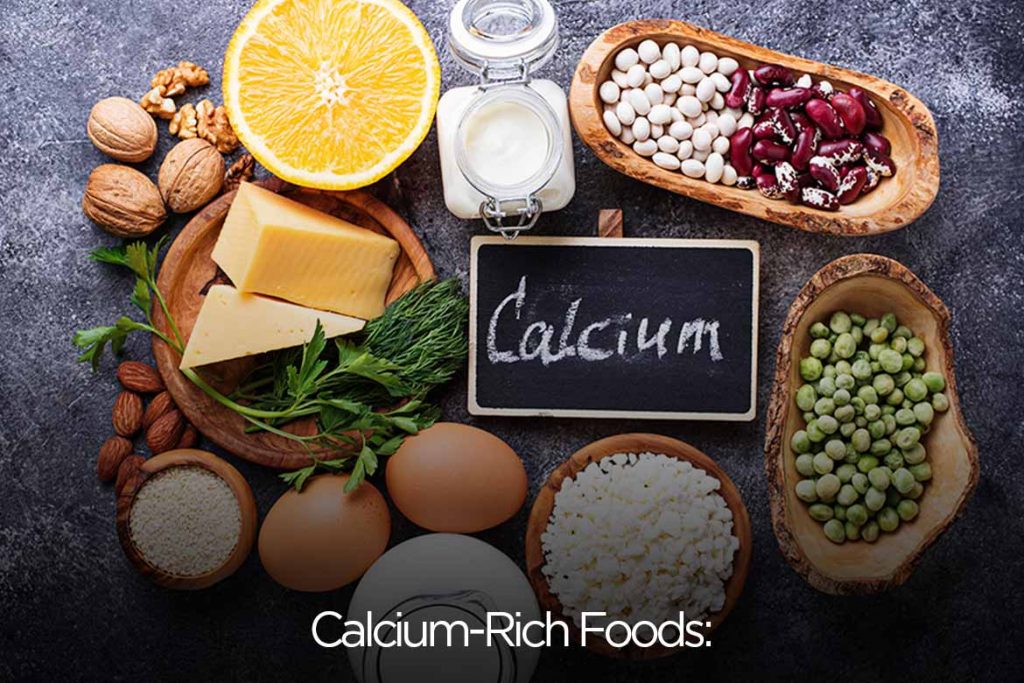
Great sources of calcium other than dairy include:
- soybeans
- chia seeds
- almonds
- collard greens
- broccoli
- white beans
Dietary sources don’t give enough vitamin D to the body. Daylight is important to enable the body to blend vitamin D.
Uncovering some exposed skin to the daylight every day will help keep up levels of calcium, and vitamin D. Here are a few hints to get more vitamin D.
Summary
The most healthful diets include eating an assortment of supplement thick foods from all significant food groups, including fruits, vegetables, whole grains, protein sources, and healthful fats.
Getting the correct equalization of sodium and potassium will help care for the heart, and eliminating sodium-rich and handled foods can decrease the danger of ceaseless health conditions.
For best outcomes, individuals are ideal to consistently follow a healthful diet nearby a functioning way of life.
